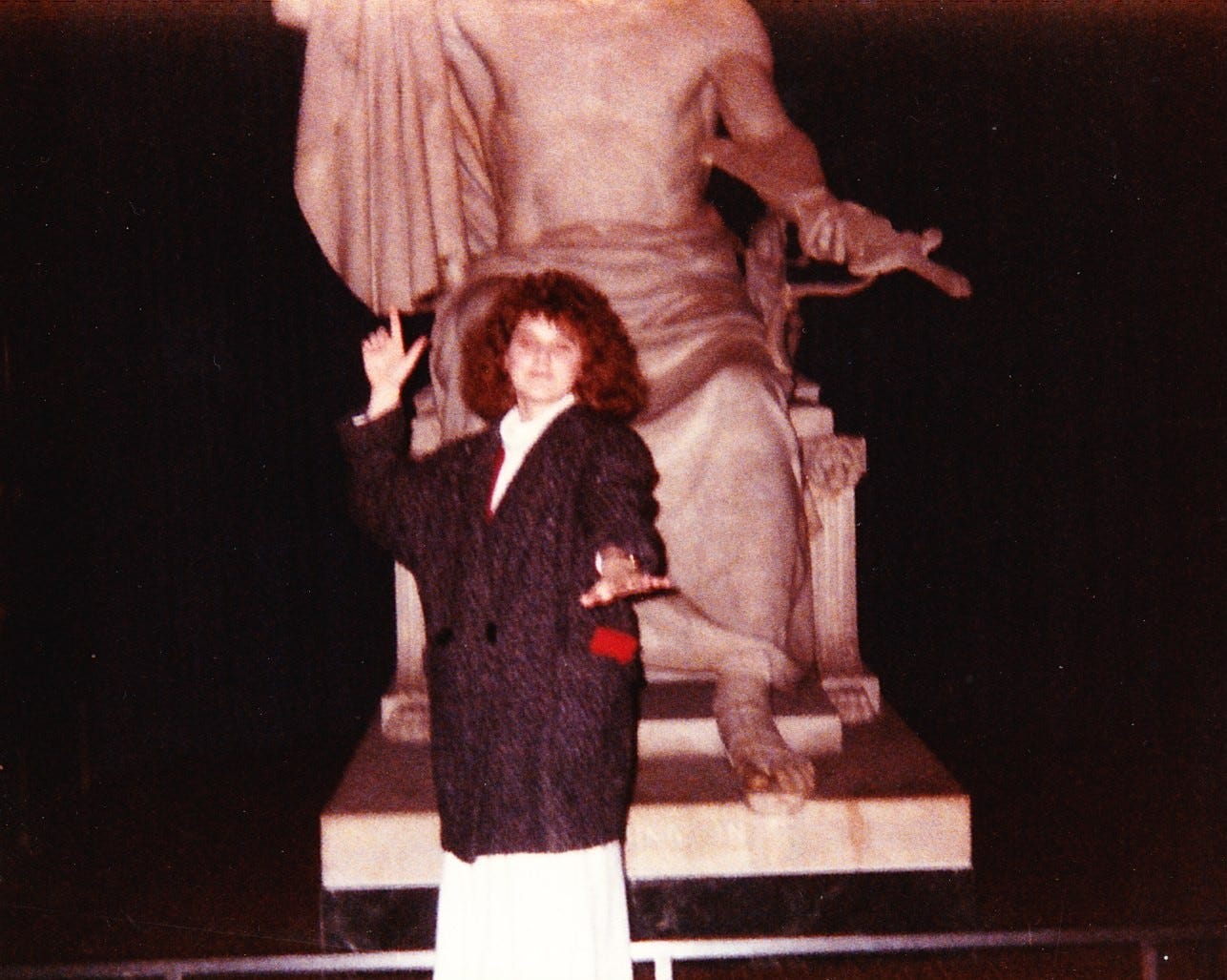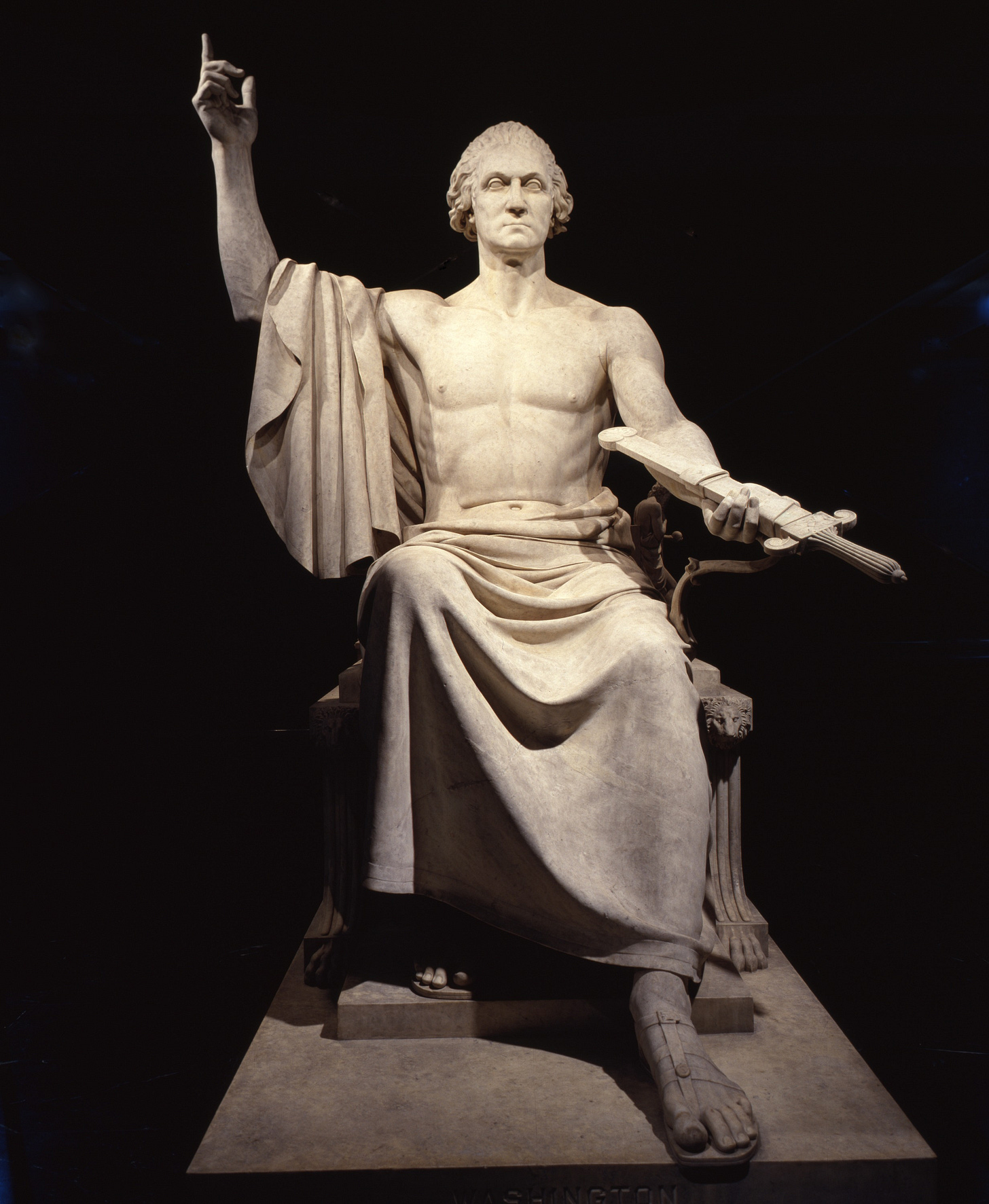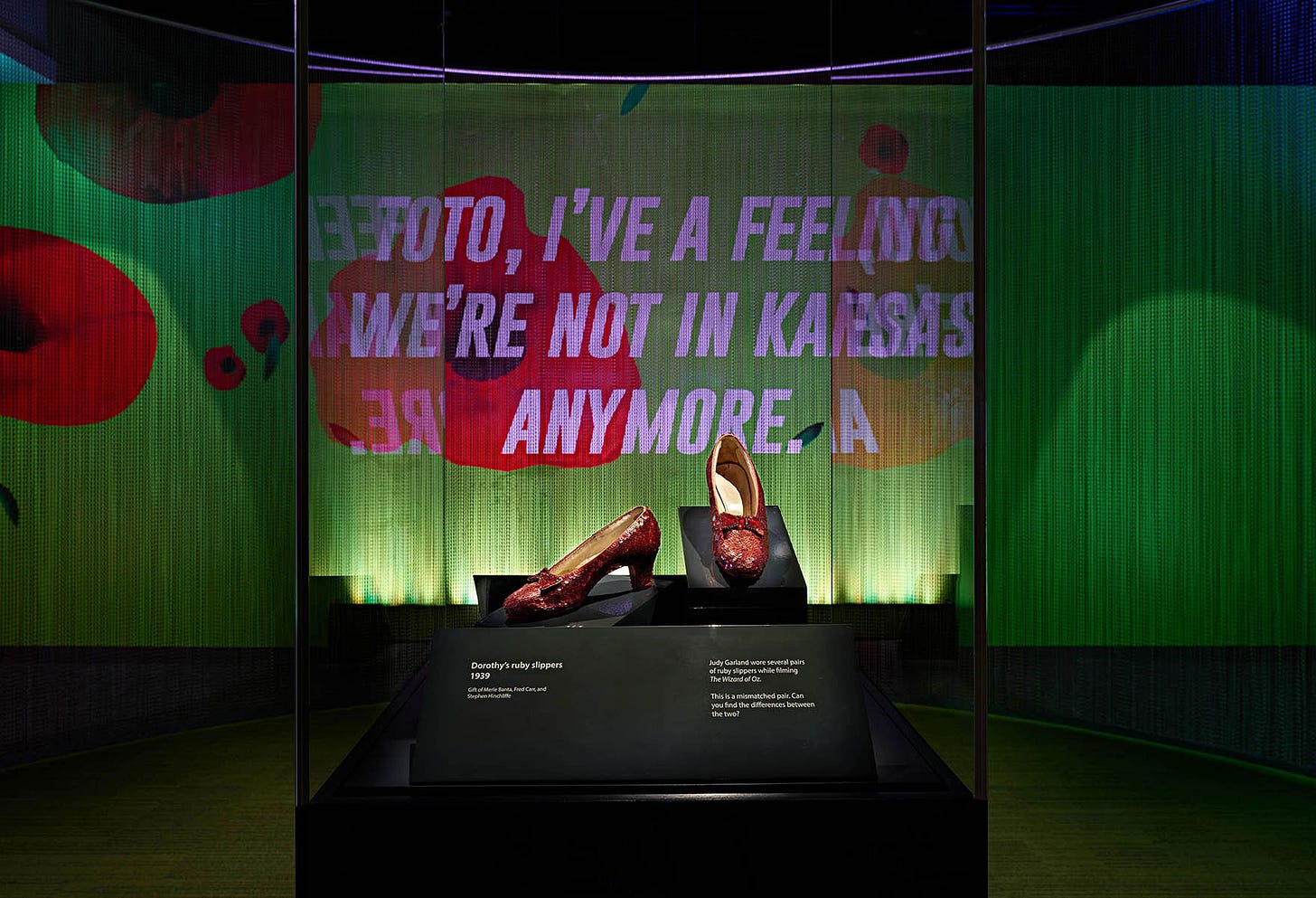The National Museum of American History wants to hear from you! They want to know if and how you engage with their collections, both in-person and online. I answered their survey, which took less than 10 minutes. Tip: read the prompts carefully. A few ask you to rank your responses. The survey is open through March 19, 2025.
Here's the link to the survey: National Museum of American History - Collections Access Survey
Who do they want to hear from? You! People who “have an interest in museum or history collections for work, learning, or fun.”
The NMAH was the first major museum I visited. I was seventeen and on my first visit to Washington, DC, as a participant of Presidential Classroom, a week-long program for high school students to learn about the federal government, the nation’s capital, and current events. The whirlwind trip included a brief stop at the NMAH. I’d like to say that the visit was life-changing, like it was for Dr. Deborah Mack or Zinnia Willits, but the truth is the visit was so short I can only remember seeing two things: the statue of George Washington by Horatio Greenough and Dorothy’s ruby slippers.
I have a picture of me gesturing in a similar fashion to Washington’s pose while standing in front of the sculpture, but the image is blurred and the statue behind me isn’t fully in the picture. Here is that picture as archival evidence of that historic moment.

I remember thinking the half-clothed Washington was funny, and a bit shocking because I had never seen our first president depicted in such a manner. Apparently, my teen response mimicked reactions of Americans when the sculpture first arrived in Washington, DC, from Greenough’s Italian studio in 1841. Commissioned by Congress in 1832, the sculpture was meant to commemorate Washington’s centennial birthday and be installed in the rotunda of the U. S. Capitol. However, the controversy surrounding the work led to its movement from the rotunda to the Capitol’s east lawn, and later to the Smithsonian’s Castle. Finally, in 1964, the statue was moved to the National Museum of American History. Read more about Horatio Greenough’s vision for the sculpture and how its reception affected his reputation here.
I do not have a picture of Dorothy’s ruby shoes from my visit, but I can visualize them spotlit in a case. I remember thinking it odd that they were highlighted in a museum. I didn’t fully appreciate the importance of cultural history at the time. I found this image of the current display. This 2019 installation happened after recent conservation treatment. This article gives a behind-the-scenes view of what (ideally) goes into presentation and preservation of objects at a museum. Going deeper, here’s another article about the shoes.
It’s been years since I visited the National Museum of American History, but this survey prompted me to explore their website, and now I want to go back. Have you been to the National Museum of American History? What stood out to you?
Speaking of museum websites, I often read about collections and exhibitions online. Do you? Most large museums have good websites. I’ll share some of my favorites in a future post. In the meantime, please share your recommendations.







Nice piece Tania and I really enjoyed the survey as it gave me the opportunity to recall my most powerful museum experience. I was in Spain during 9-11 and left for the US a week following. On Sept 17 I spent time at Museo Nacional Centro de Arte Reina Sofía in Madrid and the home of Picasso's masterpiece "Guernica." The massive painting is a reaction to Hitler's powerful German air force, acting in support of Franco, bombed the village of Guernica in northern Spain, a city of no strategic military value, in 1937. It was the first aerial saturation bombing of a civilian population. There was a bench in front of the painting and I listened to Lucinda Williams "Car Wheels on a Gravel Road" on my headphones while absorbing the painting and it's massive message to me.